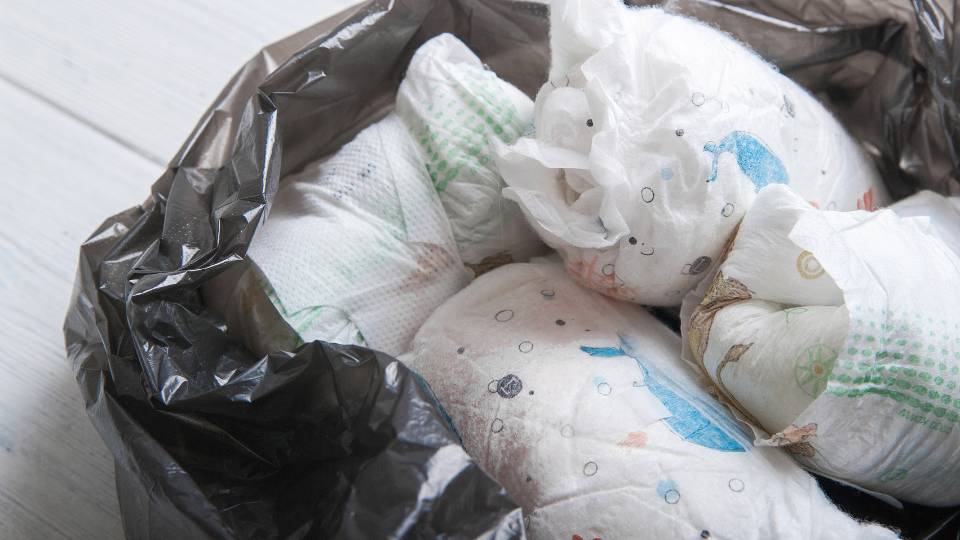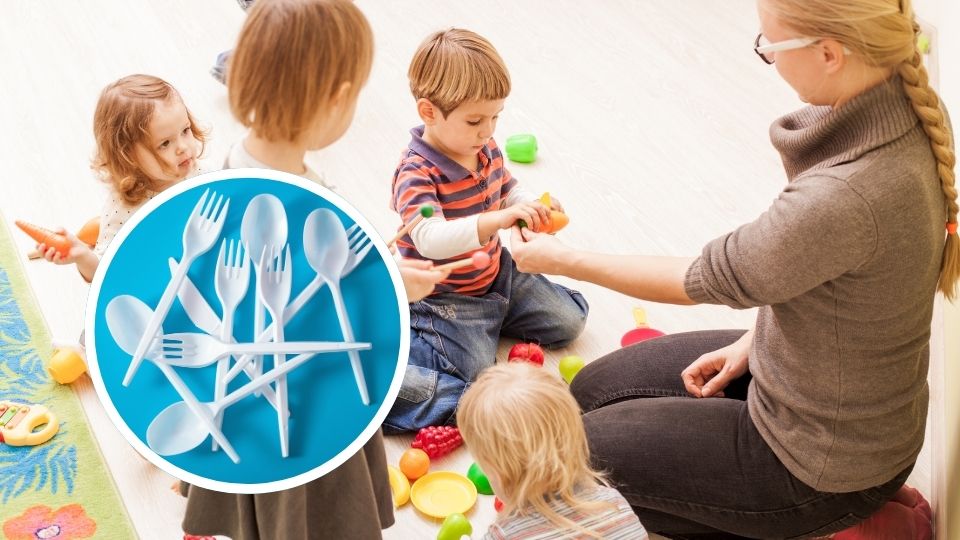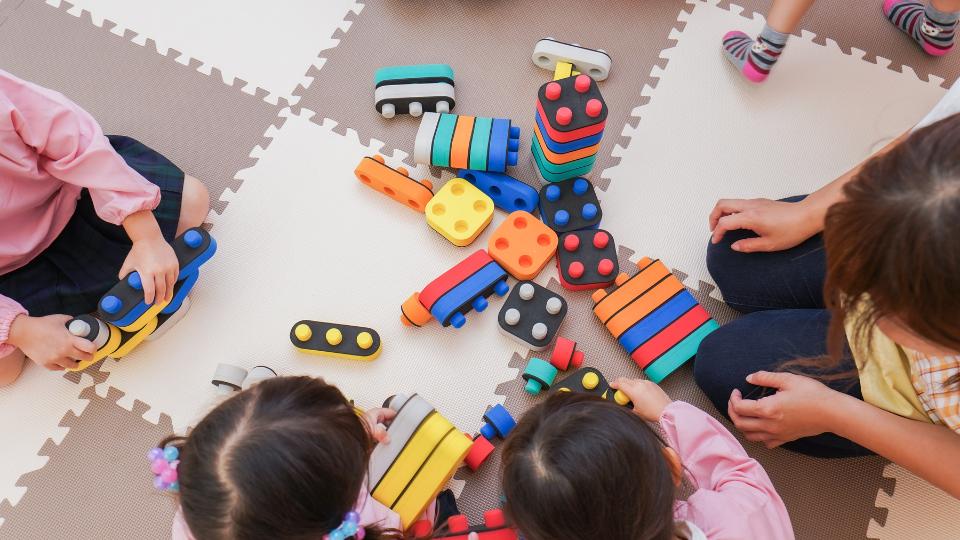
Childcare facilities such as nurseries, daycares, preschools and day centres are often times manic but exciting places to be!
It’s important for the welfare of the children that are under a nursery’s care that the space is kept clean from rubbish at all times.
Children are known for being able to get into anything in the blink of an eye, so ensuring bins are kept accessible to adults only is crucial.
It’s important with growing concerns around environmental sustainability and legal compliance that the waste generated by nurseries is not only handled correctly but in the most sustainable way possible – all without breaking the bank.
This guide aims to provide a in-depth overview of nursery waste, including its definition, management strategies, relevant laws and regulations, disposal methods, and more.
Table of Contents
- What is Nursery Waste?
- The Importance of Managing Nursery Waste
- How to Manage Nursery Waste
- Nursery Waste Laws and Regulations in the UK
- Nursery Waste Disposal Methods
- Nursery Waste Facts and Statistics:
- Conclusion

What is Nursery Waste?
Nursery waste includes different types of commercial waste generated by childcare facilities that cater to the duty of care for young children.
Here are some examples of the most common types of waste nurseries and daycares produce:
General Waste
General waste includes non-recyclable materials that cannot be sorted into other waste streams.
Examples of general waste in childcare facilities may include:
- Broken Plastic Toys: Plastic toys that are beyond repair or missing parts that cannot be recycled.
- Used Paper Towels: Paper towels used for cleaning or drying hands.
- Worn-out Clothing: Clothing items that are torn, stained, or no longer usable.
- Broken Furniture: Furniture items that are damaged or no longer functional.
- Packaging Materials: Non-recyclable packaging materials such as plastic wrap or Styrofoam.
Dry Mixed Recycling
Dry mixed recycling consists of various recyclable materials that can be collected together for recycling.
Examples of dry mixed recycling in childcare facilities may include:
- Empty Plastic Bottles: Bottles used for drinks or toiletries.
- Cardboard Boxes: Packaging boxes from deliveries or toy packaging.
- Paper Products: Clean paper products such as office paper, cardboard, or newspapers.
- Metal Cans: Aluminum cans from food or beverage containers.
- Clean Plastic Packaging: Plastic packaging materials such as containers or trays.
Food Waste
Food waste includes organic materials that comes from food products that are no longer suitable for consumption.
Examples of food waste in childcare facilities may include:
- Leftover Food: Uneaten portions of meals, snacks and baby food.
- Food Scraps: Fruit and vegetable peelings or trimmings.
- Expired Food: Perishable items past their expiration date.
- Spoiled Milk or Juice: Dairy or juice products that have gone bad.
Sanitary Waste
Sanitary waste refers to waste materials that require special handling due to hygiene or health considerations.
Examples of sanitary waste in childcare facilities may include:
- Used Nappies: Disposable diapers or training pants.
- Sanitary Products: Used sanitary pads or tampons (if applicable to adult caregivers).
- Used Tissues: Tissues contaminated with bodily fluids.
- Disposable Gloves: Gloves used for cleaning or diaper changing.
- Medical Waste: Bandages or other first aid items with bodily fluids.
Confidential Waste
Confidential waste includes sensitive or confidential information that requires secure disposal to prevent unauthorised access.
Examples of confidential waste in childcare facilities may include:
- Children’s Records: Personal information, medical records, or attendance logs.
- Staff Records: Employment contracts, payroll information, or performance evaluations.
- Financial Documents: Invoices, receipts, or banking statements.
- Educational Materials: Lesson plans, assessments, or individual learning plans.
- Administrative Documents: Staff meeting notes, policy documents, or correspondence.
By categorising nursery waste into specific waste streams, childcare facilities can implement targeted waste management strategies in order to minimise environmental impact, promote recycling, and ensure compliance with waste regulations.
The presence of young children in childcare facilities amplifies the volume of waste generated due to their unique needs and behaviours.
Additionally, considerations such as hygiene standards and safety regulations may necessitate the use of disposable or single-use items, further contributing to waste generation within nursery environments.
As such, effective waste management strategies tailored to the specific needs of childcare facilities are essential to mitigate the environmental impact and promote sustainability.
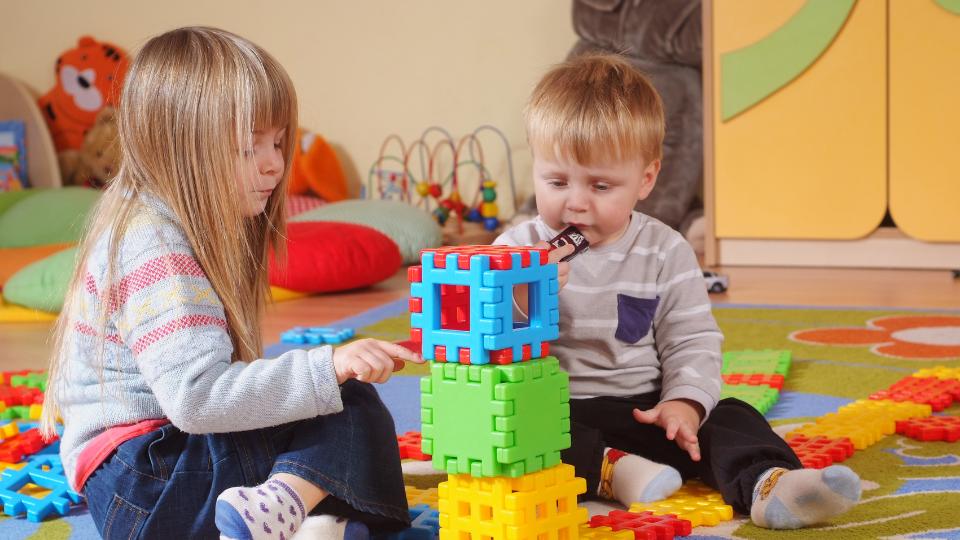
The Importance of Managing Nursery Waste
Nursery waste management is a critical aspect of running a childcare facility responsibly and sustainably.
Every day, childcare centres, nurseries, and preschools generate a significant amount of waste, ranging from nappies and food scraps to paper products and plastic toys.
There are three key reasons why nursery waste management is crucial: its environmental impact, implications for health and hygiene, and the necessity of compliance with regulations.
By understanding and addressing these factors, childcare facility owners and managers can create a safer, healthier environment for children and staff while minimising their environmental footprint and meeting legal obligations.
1. Environmental Impact:
Pollution Due to Nursery Waste:
If you dispose of nursery waste incorrectly it can lead to negative environmental consequences.
When the waste generated from your childcare facility is not disposed of properly, it can end up in a landfill, which can lead to the contamination of land, local rivers and seas, and of course the air we breathe.
For example, the plastic from toys can take hundreds of years to decompose, all while releasing harmful chemicals into the environment.
This is not including the negative environmental impact that has already been made in the creation of the toy in the first place due to the resource creation and requirement for energy.
Additionally, food waste, including food scraps from meals and snacks, along with improperly disposed nappies, can produce methane gas during decomposition in landfills.
This methane emission contributes significantly to greenhouse gas emissions, exacerbating the already-worrying levels of climate change.
Therefore, it’s imperative to ensure proper disposal of both food waste and nappies to mitigate their environmental impact.
Harm to Ecosystems and Wildlife:
Pollution from nursery waste can disrupt delicate ecosystems and harm wildlife.
Plastic waste, in particular, poses a significant threat to marine life, as it can be mistaken for food by marine animals or entangle them, leading to injury or death.
Chemical pollutants from improperly disposed waste can also leach into soil and water, contaminating habitats and threatening the health of plants and animals.
2. Health and Hygiene:
Risk of Infections and Diseases in Nurseries:
More waste gathering without being disposed of in childcare facilities can create unsanitary and unsafe conditions for the children.
Nappies, food waste and other materials can attract pests such as rodents and insects which can spread disease.
Contaminated surfaces in the nursery can serve as happy homes for pathogens and bacteria which lead to illnesses like gastroenteritis or respiratory infections which can be especially dangerous for children.
Having an unsafe environment for children cannot only put them at risk but also leave your facility vulnerable to legal action, so it’s very important to ensure your waste plan is concrete.
Allergic Reactions and Respiratory Issues:
Inadequate management of nursery waste can also exacerbate respiratory issues and allergies among children and staff.
Dust, mold spores, and other allergens present in waste can trigger allergic reactions or respiratory conditions such as asthma which can be especially dangerous in children who cannot communicate or understand their symptoms.
Proper waste management practices, including regular cleaning and waste removal, are essential to maintain a healthy indoor environment in childcare facilities.
3. Compliance with Regulations:
Legal Obligations:
Adhering to nursery waste regulations is not only important for environmental and health reasons but also to meet legal obligations.
In the UK, childcare facilities are subject to various waste management regulations, including the Environmental Protection Act 1990 and the Waste (England and Wales) Regulations 2011.
These regulations outline the responsibilities of waste producers, including childcare facilities, to ensure that waste is managed responsibly and disposed of in accordance with legal requirements.
Penalties and Legal Consequences:
Failure to comply with nursery waste regulations can result in penalties, fines, or legal action.
Regulatory authorities may conduct inspections of childcare facilities to ensure compliance with waste management laws.
Non-compliance can not only lead to financial consequences but also damage the reputation of the childcare facility and undermine trust with parents and stakeholders.
In conclusion, effective management of nursery waste is critical to mitigate its environmental impact, safeguard the health and hygiene of children and staff, and comply with legal obligations.
By implementing proper waste management practices, childcare facilities can create a safe and sustainable environment for all stakeholders.
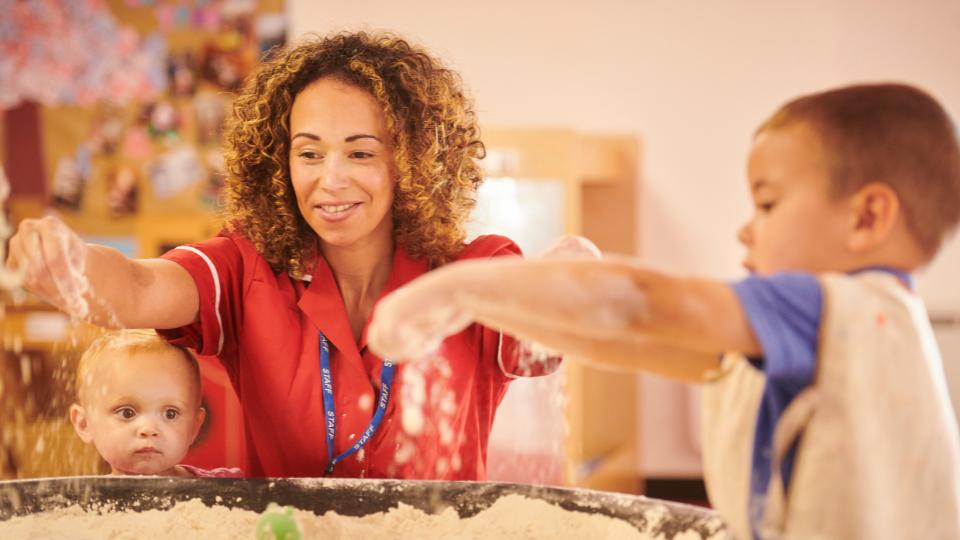
How to Manage Nursery Waste
1. Waste Segregation
Segregating waste into the correct waste categories such as general waste, dry mixed recycling, food waste and sanitary waste can help ensure the best chance of proper recycling.
This helps give your waste the best chance of being recycled and helps lower your environmental impact.
Educating Nursery Staff and Caregivers:
Effective waste segregation relies on the active participation of staff and caregivers.
Educate employees about the importance of waste segregation and provide clear guidelines on how to separate different types of waste.
Offer training sessions or informational materials to ensure that all staff members understand their role in waste management and how they can best explain this to older children.
Provide the Right Bins for your Nursery Waste:
Make sure your nursery has the right bins!
If you’re producing lots of recyclable waste, you can’t recycle it without a dry-mixed recycling bin.
Place your bins in accessible areas to members of staff and ensure they’re a safe distance from younger babies and toddlers.
Top Tip: Colour code your bins to make it easy for your staff and older children to put the correct waste bin into the correct bin. For older children put pictures and basic words on the front of the bins to encourage learning.
Regular Monitoring and Maintenance:
Make sure your staff know they are responsible for the proper maintenance of the bins and monitoring them when they get too full and need to be emptied.
Top Tip: Create a bin rota for your staff to ensure that waste is not sitting in the indoor bins where they could cause contamination, especially if they are left over a weekend.
Make sure your cleaning staff are aware of any issues like spillages near the waste bin that might need extra attention.

2. Reduce, Reuse, Recycle:
Implementing the “3Rs” – Reduce, Reuse, Recycle – within childcare facilities is a multifaceted approach that can effectively minimise nursery waste and promote sustainability.
Reduce:
Reducing your waste at the source involves minimising the generation of your nursery waste in the first place.
You can do this by adopting practices that reduce consumption or use fewer resources.
This could include strategies like:
- Purchasing in Bulk:
Buying supplies such as nappies, cleaning products, snacks, baby food and formula in bulk quantities to reduce the packaging waste associated with individual or small-sized packages.
- Opting for Minimal Packaging:
Specifically choosing products with minimal or eco-friendly packaging can help reduce waste.
Encourage suppliers to use recyclable or biodegradable packaging materials.
- Digital Documentation:
Transitioning to digital documentation and communication methods, such as sending email newsletters home rather than paper copies and keeping electronic records, can reduce paper consumption and waste at your nursery or daycare facility.
Reuse:
Encouraging the use of durable and reusable materials whenever possible is key to the “reuse” aspect of waste management.
Childcare facilities can:
- Use Reusable Containers:
Provide reusable containers for storing snacks, lunches, and beverages instead of single-use plastic bags or disposable packaging.
- Promote Reusable Products:
Encourage the use of traditional cloth nappies or training underwear as alternatives to disposable nappies that are notorious for their negative impact on the environment.
Cloth nappies can be washed at home or as a service offered by your nursery and reused multiple times, significantly reducing waste generation.
- Implement Toy Swap or Sharing Programmes:
Establish toy swap or sharing programmes where children can exchange toys with each other, prolonging the lifespan of toys and reducing the need for new purchases.
Extra Benefit: Use this as a way to teach children about generosity and sharing
Recycle:
Educating staff, children, and parents about the importance of recycling and providing accessible recycling infrastructure are essential components of successful recycling initiatives.
Childcare facilities can:
- Educate Through Activities:
Incorporate recycling-themed activities, games, and lessons into the childcare curriculum to teach children about the importance of recycling and waste reduction.
- Display Visual Aids:
Use posters, signage, and educational materials to illustrate which materials are recyclable and how to properly dispose of them.
- Offer Recycling Training:
Provide training sessions for staff members on recycling best practices, including how to sort materials correctly and maintain recycling bins.
- Install Recycling Bins:
Place recycling bins for paper, plastic, glass, and other recyclables in convenient locations throughout the facility, such as classrooms, play areas, and staff rooms.
Ensure that bins are clearly labelled and easily accessible to encourage participation.
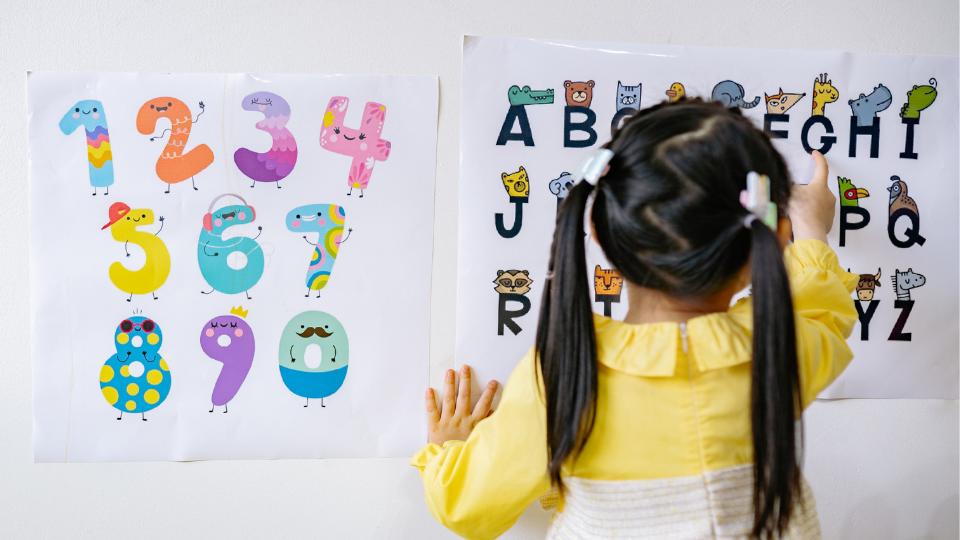
3. Composting
Introducing a compost bin to your nursery offers numerous benefits.
It not only reduces food waste but also provides valuable educational opportunities for children.
Here’s why you should consider it:
Benefits of a Compost Bin:
- Waste Reduction:
Composting means less food waste going to landfills, reducing your environmental impact.
- Environmental Education:
Children learn about recycling, natural cycles, and environmental stewardship through hands-on experiences.
- Hands-On Learning:
Children actively participate in the composting process, which creates a sense of responsibility and connection to nature.
How to Use Compost in Your Nursery Garden
- Nutrient-Rich Soil:
Compost enriches the soil, improving plant health and providing essential nutrients, so it can really benefit any fruits and vegetables you grow as well as any plants and flowers.
- Growing Fruits and Vegetables:
Children can plant, care for, and harvest produce, promoting healthy eating and outdoor exploration.
- Garden-Based Learning:
The daycare garden becomes an outdoor classroom, teaching children about plant life cycles and sustainable food production.
By integrating a compost bin into your nursery’s practices, you create a sustainable learning environment that creates environmental awareness and empowers children to make a positive impact on the world around them.
4. Donation or Exchange Programs:
Creating donation or exchange programmes for gently used toys, books, and clothing in your nursery is a wonderful initiative that not only contributes to waste reduction but also creates a sense of community and goodwill among parents and caregivers.
You can help to reduce waste in your nursery by ensuring every child gets access to new toys and clothes.
Help with affordability problems for parents as well as provide an opportunity to build your community and support one another.
How To Create a Donation Programme at Your Nursery
Start by creating a clear collection point where families can drop off their gently used items they want to exchange or donate.
Make sure you communicate the donation programme clearly to children, parents, and carers.
You can use your social media platforms, email and word of mouth to inform people.
Host swap events where parents, families and carers can come together to swap, donate and browse items.
You can encourage participation by recognising people’s contributions, offering free tea and coffee or donating money raised to charities relevant to your community’s interests.
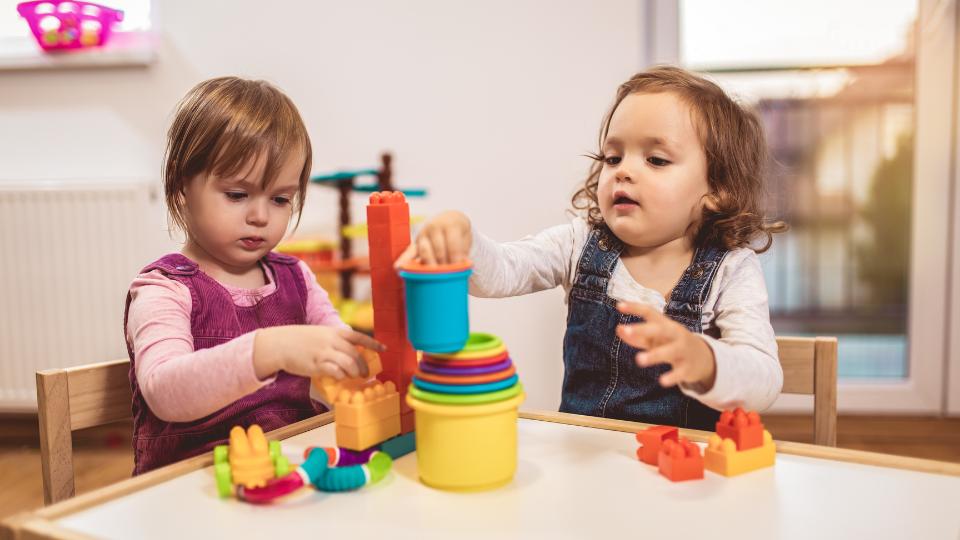
Nursery Waste Laws and Regulations in the UK
There are multiple laws and regulations that nursery and daycare owners should be aware of in the UK.
Environmental Protection Act 1990:
The Environmental Protection Act 1990 is the framework for most environmental laws in the UK:
Key provisions relevant to nursery waste management include:
- Duty of Care:
Waste producers, including nursery facilities, have a duty of care to ensure that waste is properly managed from its point of generation to its final disposal.
This includes measures to prevent unauthorised or illegal disposal of waste and to transfer waste only to authorised persons or facilities.
- Waste Management:
The Act outlines requirements for the proper disposal of waste, including the licensing of waste disposal facilities and the enforcement of waste management practices.
Waste (England and Wales) Regulations 2011:
The Waste (England and Wales) Regulations 2011 translate European Union waste management directives into UK law and provide detailed regulations for waste management practices.
The key provision your nursery should be aware of is: Waste Hierarchy.
The Regulations establish a waste hierarchy, which prioritises waste management options in the following order: prevention, reuse, recycling, recovery, and disposal.
Businesses, including nurseries, are encouraged to minimise waste generation and prioritise recycling and recovery over disposal.
Duty of Care Regulations:
The Duty of Care Regulations imposes a legal duty of care on businesses to ensure that waste generated from their activities is properly managed.
Key requirements include:
- Waste Transfer Notes:
Businesses must complete waste transfer notes when transferring waste to another party, providing details of the waste being transferred and the parties involved in the transfer. - Waste Carrier Registration:
Any business involved in the transportation of waste must be registered as a waste carrier with the appropriate regulatory authority.
Control of Substances Hazardous to Health (COSHH) Regulations 2002:
While primarily focused on hazardous substances, the COSHH Regulations also have implications for waste management practices in nurseries.
Waste generated in childcare facilities may include cleaning products, disinfectants, or other substances that could be classified as hazardous to health.
The COSHH Regulations require businesses to assess the risks associated with hazardous substances, implement control measures to minimise exposure, and provide appropriate training and information to staff.
This includes proper handling, storage, and disposal of hazardous waste to prevent harm to health and the environment.
These laws and regulations provide the legal framework for nursery waste management in the UK and outline the responsibilities of businesses to ensure proper waste handling, disposal, and compliance with environmental standards.
It’s essential for nursery owners to familiarise themselves with these regulations to avoid potential fines or penalties and to promote responsible waste management practices.

Nursery Waste Disposal Methods
Waste Collection Services:
Engage licensed waste collection services to responsibly dispose of nursery waste.
Just make sure they have the necessary permits and adhere to legal requirements for waste transportation and disposal.
Incineration:
Some non-recyclable nursery waste, such as soiled nappies, may be suitable for incineration in licensed facilities.
However, this method should be used judiciously, considering its environmental impact.
Landfill:
As a last resort, landfill disposal may be necessary for certain types of nursery waste.
However, landfills should be considered the least favourable option due to their adverse environmental consequences.
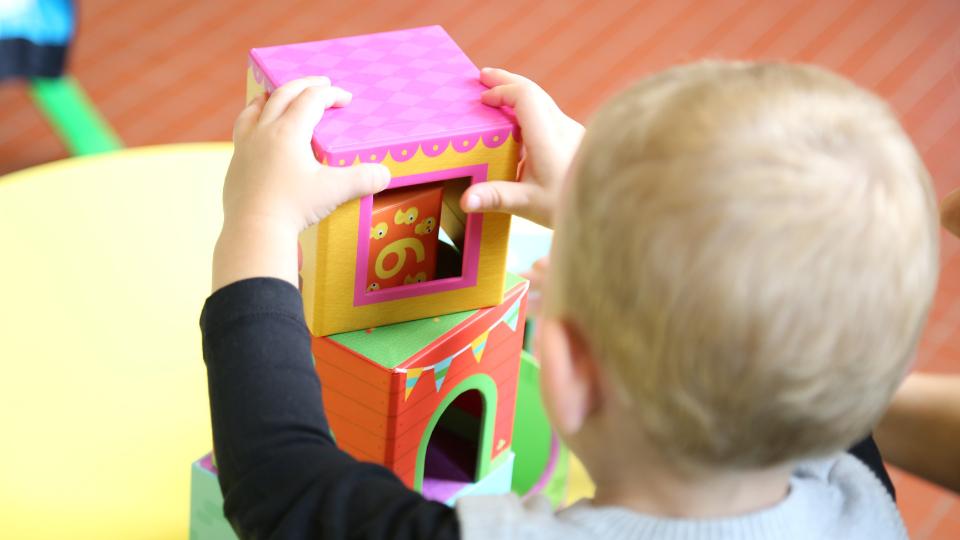
Nursery Waste Facts and Statistics:
- The average child in disposable nappies generates approximately 1 tonne of nappy waste before being toilet trained.
- In the UK, nurseries and daycare centres collectively produce an estimated 3,400 tonnes of waste annually, including nappies, food waste, and packaging materials.
- Disposable nappies can take up to 500 years to decompose in landfill sites, contributing to long-term environmental pollution.
- 68,000 tonnes of food waste is produced by nurseries and primary schools every year in the UK.
- Approximately 90% of the waste generated in childcare facilities is recyclable or compostable, highlighting the potential for waste reduction through improved recycling and composting practices.
- The UK’s annual consumption of disposable nappies is estimated to be around £3 billion, resulting in significant waste generation.
- Plastic toys contribute to a substantial portion of waste in nurseries, with an estimated 80% of toys being made from plastic materials.
- Implementing composting programs in nurseries means less waste in landfills, some studies suggesting up to 6.6 tonnes per household per year!
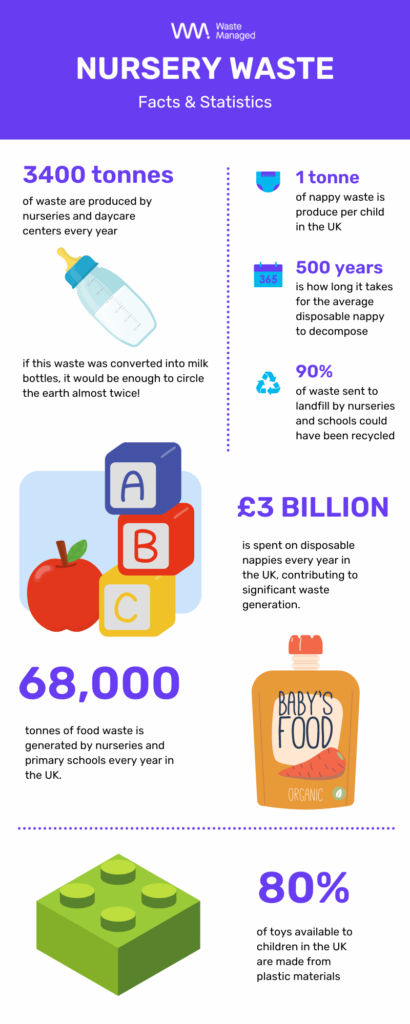
Conclusion
Effective management of nursery waste is essential for promoting sustainability, ensuring hygiene within our daycare facilities, and complying with legal regulations.
By implementing waste reduction strategies, adhering to relevant laws, and exploring responsible disposal methods, nurseries and childcare facilities can minimise their environmental footprint and create a healthier, safer environment for children and staff alike.


